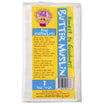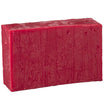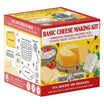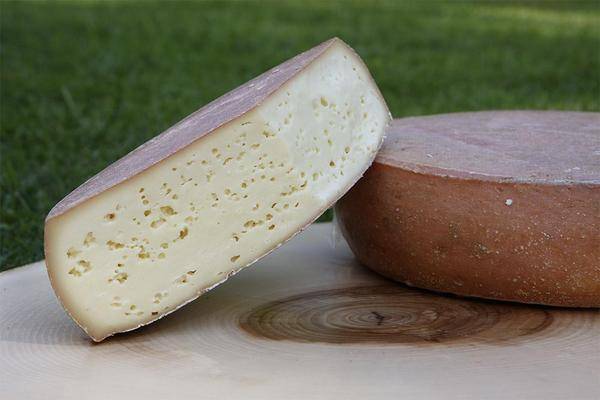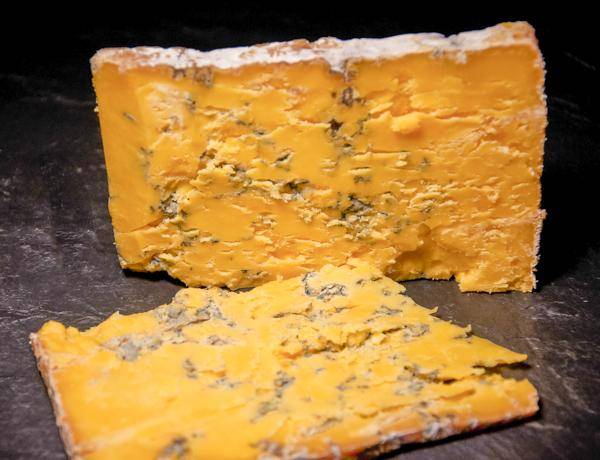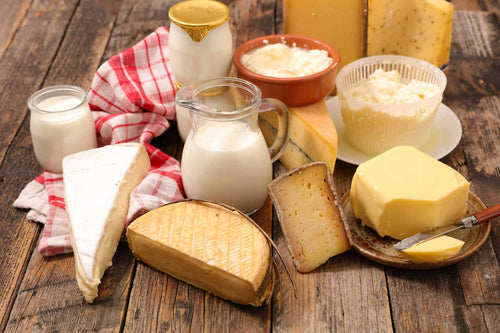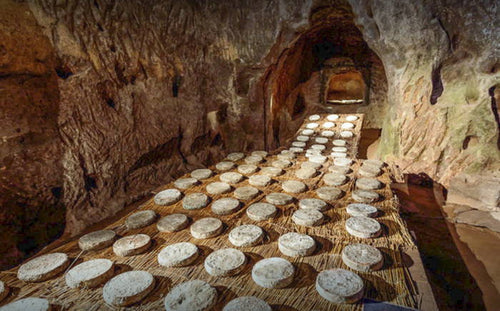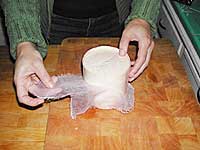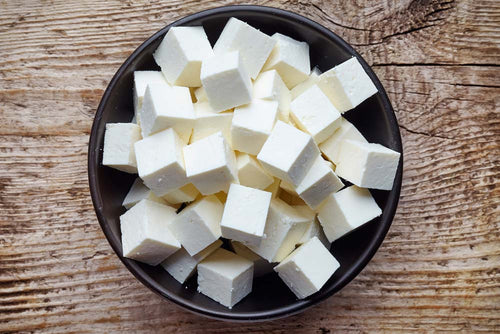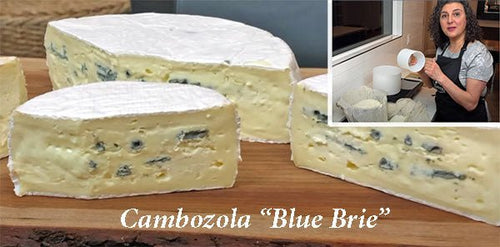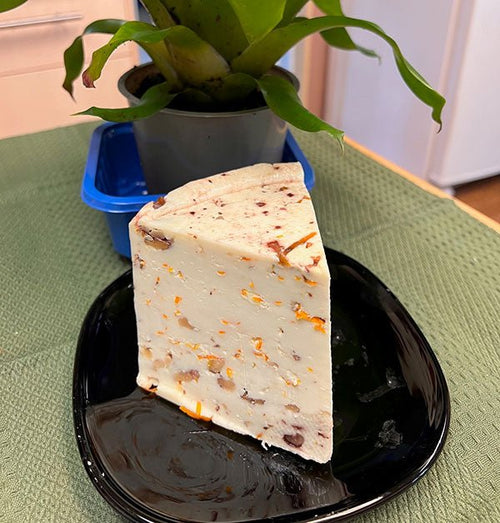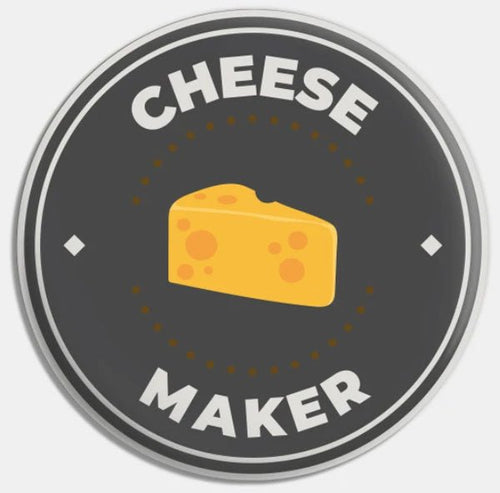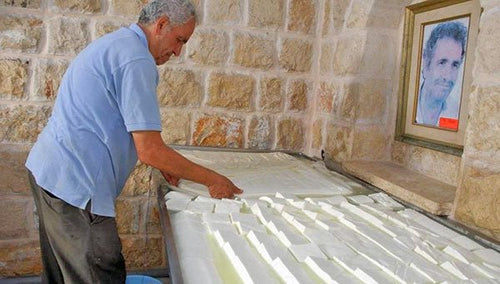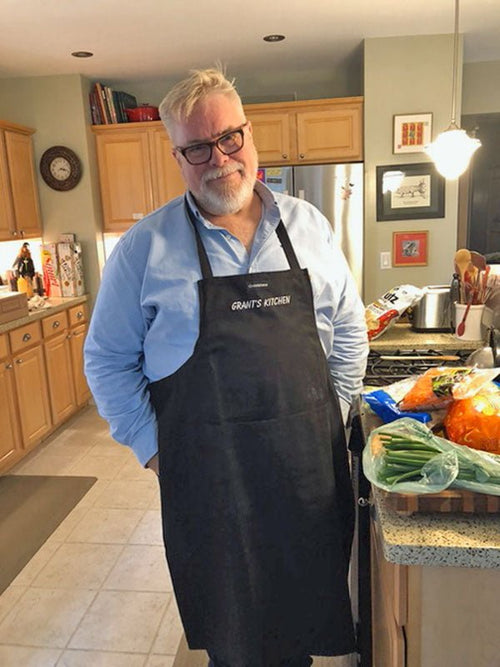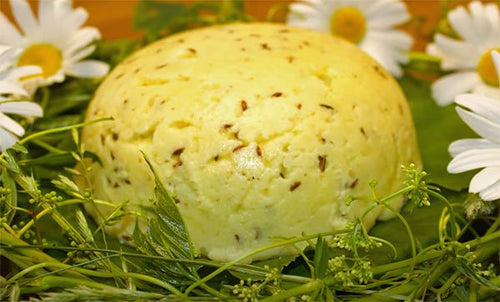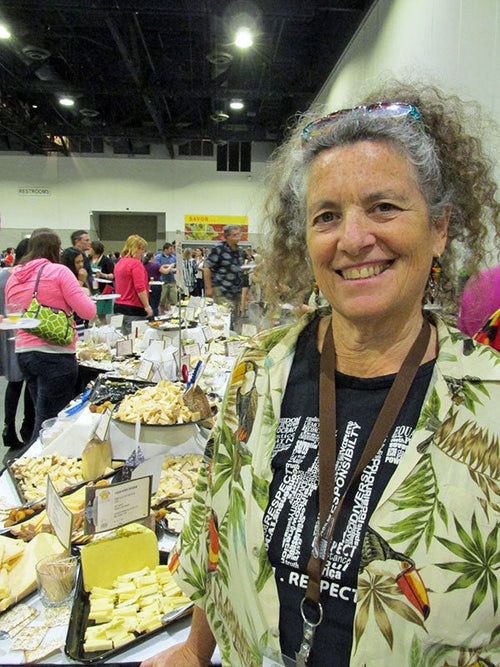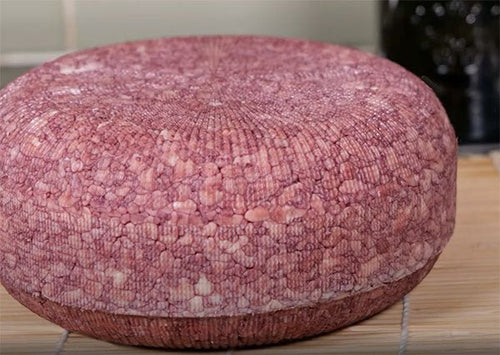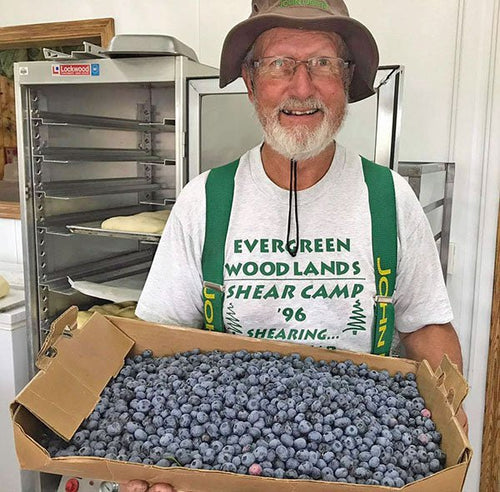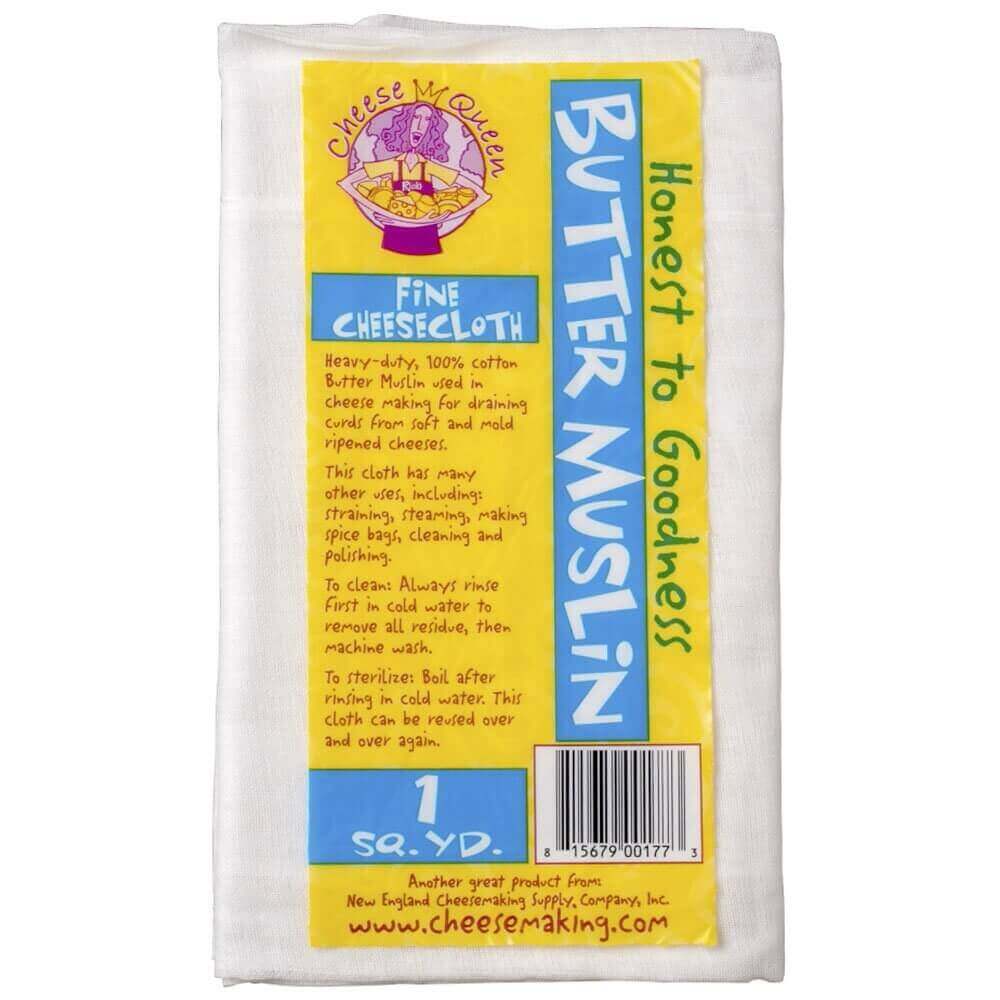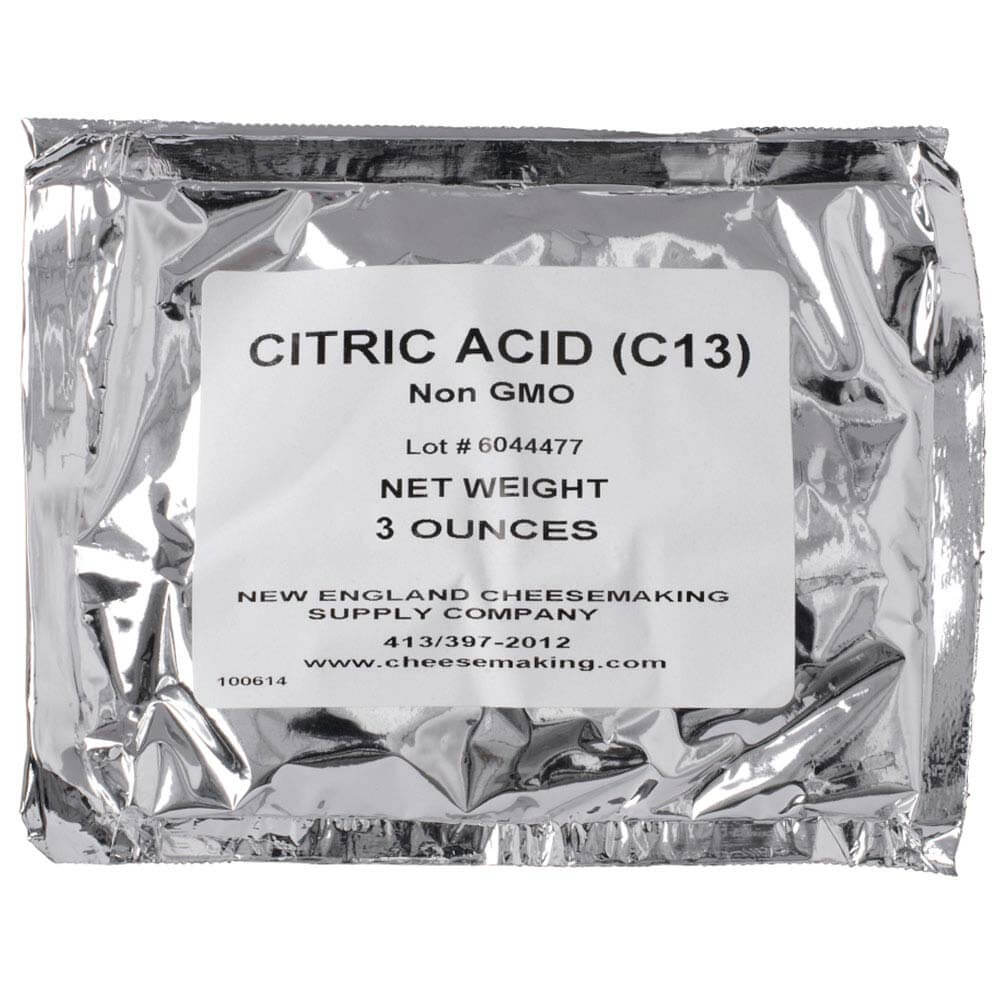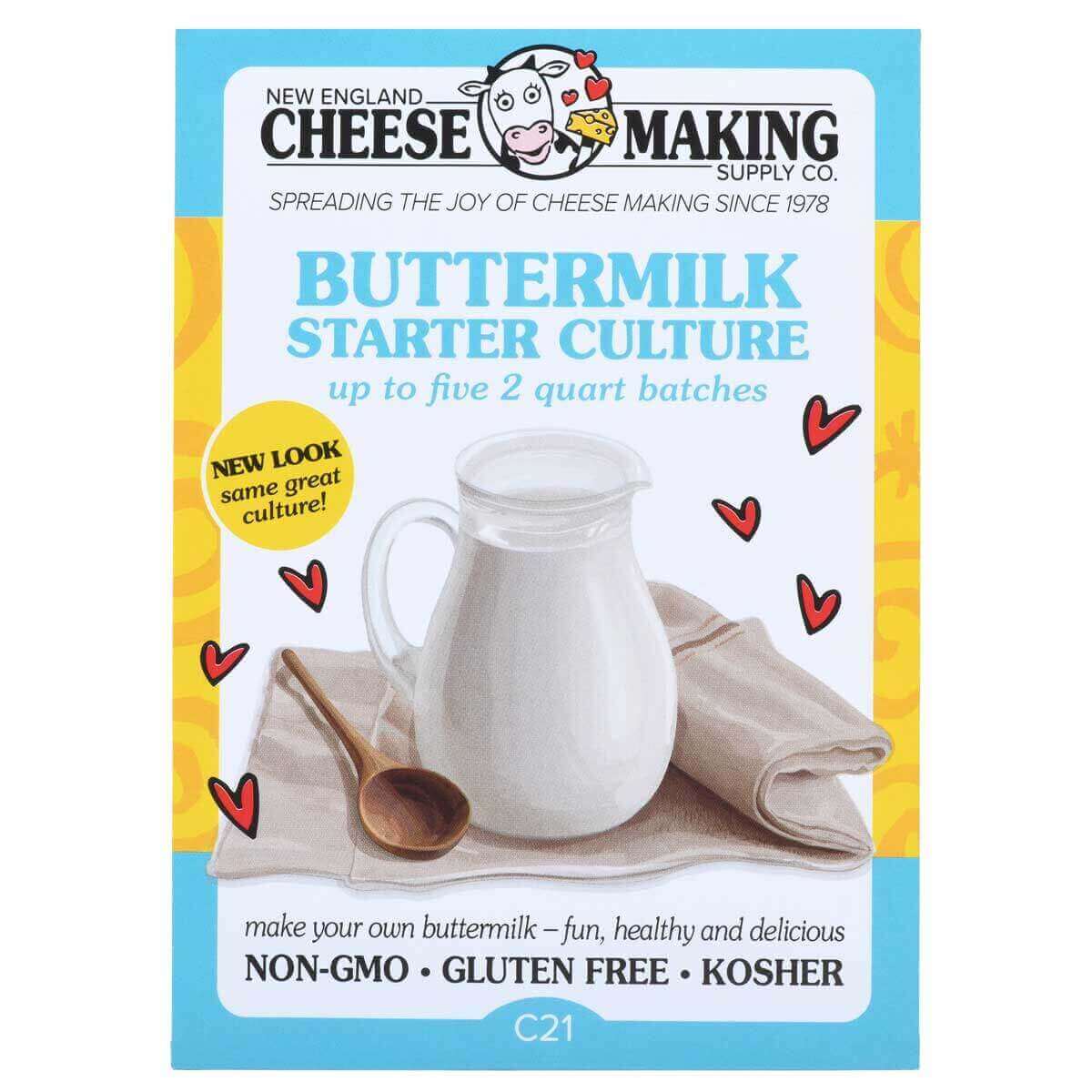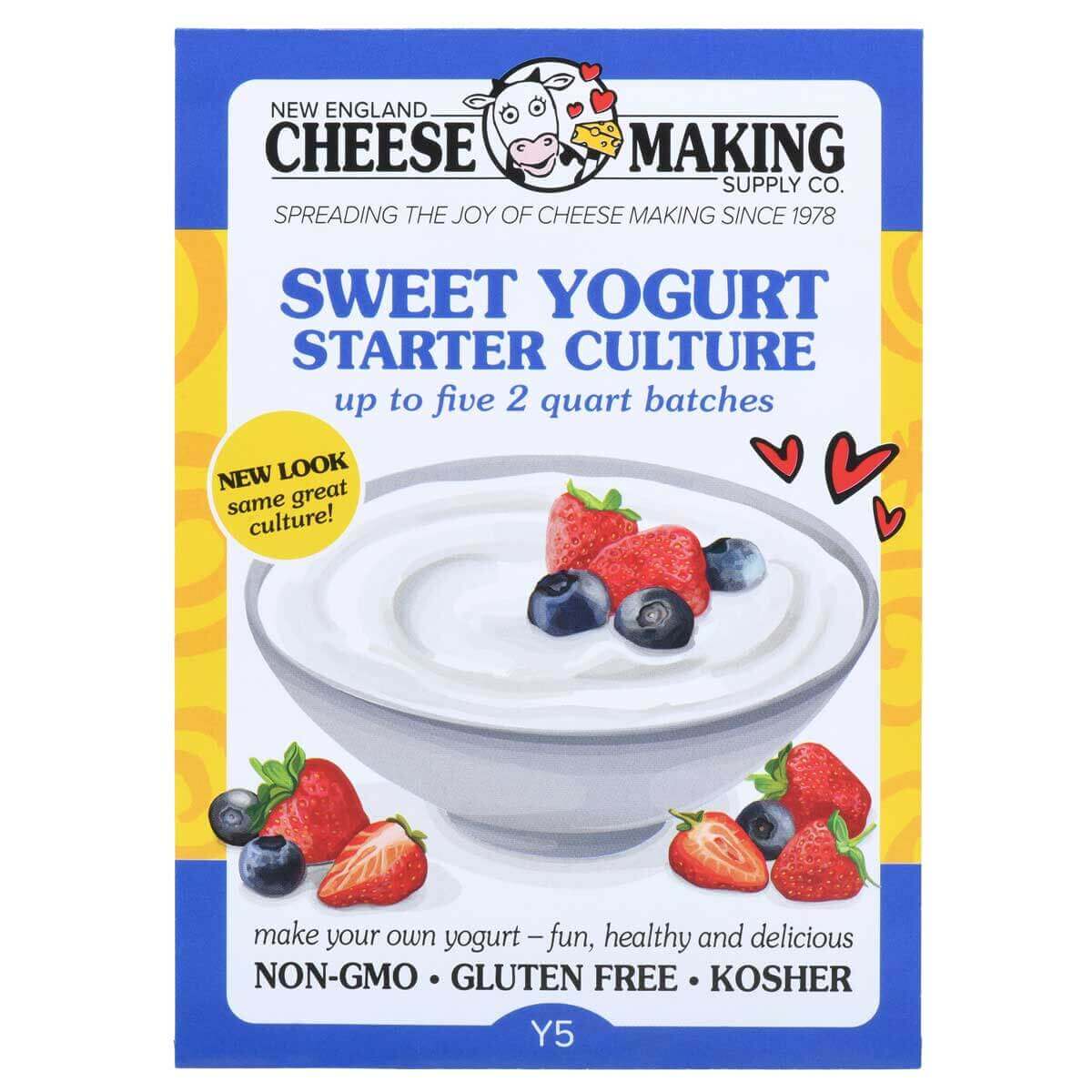Cheese Making Recipe of the Month
Triple Creme
Those two words together sound like heaven, don't they?! Of course, these cheeses do have a few more calories per ounce than others, but their taste and texture makes it all worthwhile.
For those who want to dive deeper into the world of these decadent cheeses, check out our detailed Triple Creme Info page, which explores their origins and variations.
According to French law, double cremes must have 60-75% butterfat and triple cremes must have 75% or more. This sounds like a lot, but, as Jim points out, this is 75% of the dry solids which may only comprise 50% of the cheese.
For example, a typical Brie may contain 60% butterfat, but when you include the water in the cheese, the Brie is actually 31% fat.
Jim's easy recipe calls for a gallon of pasteurized milk and a pint of heavy cream. This cheese may be eaten after only a few days or it may be aged up to two weeks. Heaven!
Meet a Fellow Cheese Maker
Susan with one of her chickens and her heifer
Susan's illustration
Susan O'Dwyer
Harrisville, New Hampshire
Susan O'Dwyer was one of our essay contest entrants. (We made 35 new friends with that contest and it's been a wonderful experience for us!)
Susan and her husband, Barry, have a small farm in southern New Hampshire. Susan started making cheese two years ago and now she's teaching classes in Keene.
Before she fulfilled her dream of having a farm, she was a children's book illustrator and a writer. She painted the picture at left to show what she and her Jersey cow, Daisy, think about during her milking.
As you can see, they have very sweet dreams!
Leila Hobbs making yogurt
Leila Hobbs
Watkinsville, Georgia
Leila Hobbs (9) is in the 4th grade at Colham Ferry Elementary School in Watkinsville, Georgia (northeast of Atlanta).
For the annual science fair at her school, Leila analyzed the amount of yogurt obtained from cow's, goat's and sheep's milk. Her method is explained in our blog article. Spoiler alert: the sheep's milk yielded way more solids.
She won for her grade level and then proceeded to the district contest. We just found out a few days ago that she actually won the district competition and will now proceed to the state level. This is very exciting! (Congratulations, Leila! Let us know what happens next!)
News From Fellow Cheese Makers
First Colby
I enjoy your site so much, I thought I'd send you some photos of my first cheese, a Colby from your website. There's a shot of my homemade cheese press (below), made with found lumber, an old car jack and an old bathroom scale under a cutting board.
I waxed the cheese thoroughly in beeswax and put it in my wine fridge, but I have a question I haven't seen an answer to anywhere; Why is there a humidity range on the aging if the cheese is waxed? Shouldn't it be completely moisture impermeable at this point?
I love just looking through the recipes on your wonderful website and imagining them. Today I'm making a Farmstead cheese.
Jessica Hiscocks, Kingston, Ontario, Canada
Jim's answer: Wax is not impermeable. It will not dry out as fast as a natural rind but it still needs the humidity to keep from dehydrating during the aging process.
Whey Salad Dressing
I generally give my whey to the chickens (turkeys, ducks, etc.) when I'm not going to use it in the next day or so, but one of the uses I found for it has a great shelf life and it's been a wonderful gift to give, too - low calorie balsamic dressing! Here's my rough recipe, if you want to try it or share it. (One of those recipe calculators estimated only 16 calories per 2 tablespoon serving!)
- 2/3 cup Balsamic vinegar
- 2/3 cup good olive oil
- 1 cup fresh whey
- 3-4 cloves of garlic crushed (I add a lot, probably more than this.) If you dislike garlic use shallots or a mix of the two
- 2 T stone ground mustard
- 1 T yellow mustard (whisk or use a stick blender to break up the mustard into the solution so it will help keep it emulsified longer!)
- 1 tsp salt
- ½ tsp ground pepper
- Minced herbs if you have them - thyme and oregano work well, and minced chives too!
We store this in a quart jar and give it a few good shakes before using it. Because we use olive oil, I don't refrigerate it but it seems to be well preserved with all the natural preservatives in the ingredients. My sister keeps hers in the refrigerator and then puts it in the microwave for a few seconds to liquefy the olive oil just before using it.
Melinda L. Stahl, Brimfield, Ohio
From Switzerland
It's about 15 years that I have enjoyed your newsletters. I am 50 years old now, and I made my first homemade cheese-trial when I was 12 ... working out a Swiss Tomme Vaudoise that turned out a Sbrinz.
Do you know "Tomme Vaudoise?!" It's a smooth tomme, flowing as if one had melted it when ripe. It's a non-pasteurized, smooth cheese that is ripe within a very short time. And, it has a beautiful, fruity, hazelnut taste, due to it's candidum crust. I like it most with plain salt and black pepper, fresh, with some red wine and fresh bread.
And Sbrinz is the hardest Swiss cheese - it takes quite a long time to ripen, it's very hard (they used to cut it with an axe, times ago) something like a greasy Swiss parmigiano.
I worked with pasteurized milk and used powdered rennet like they use in Switzerland when they make professional, huge, hard cheese, about 200-300 liters at once (53-79 gallons) and me with a knife tip full of it for my 3-4 liters of milk (3/4-1 gallon). The taste of rennet was very strong in my "Tomme-Vaudoise-Sbrinz" ... but I liked my first experience.
Years passed before I began to make my own cheese again ... and I brought it to 13 recipes, including my "Tomme Vaudoise" with which I still don't have a constant success. I have done only fresh and soft cheeses so far, because I always have ripened it in the bottom of my fridge. I am usually working with 40 liters (10 1/2 gallons) of fresh cow's milk, for all 13 recipes, which gives me a stock of different cheeses for over 3 months.
It is very difficult in these times of globalization to sell homemade cheese in Switzerland, because of their too expensive hygiene tests for non-professionals, compared to the small amount of cheese I could manufacture. So much for "why-I-love" your monthly newsletter and how much I understand the experiences of which you all speak.
Brigitte Schenkel, in the Jura Hills, Switzerland
He's Smokin!
In response to the lady from Hungary. I've only been smoking cheese about 6 months, none of our own cheeses yet. 20 minutes to 1 hour will give lots of flavor, but wrapping it in plastic wrap and aging it a week allows the flavor to penetrate and mellow out.
I've only done commercial cheese so far - cheddar, cojack, pepper jack and feta. They were all good, but feta was the stand-out favorite. The combination of salt and smoke is great - also, I think the more open texture allows the smoke to penetrate.
I plan to try it on pizza if we can keep it around long enough to make a pizza crust. Maybe sun dried tomato, artichoke hearts, and smoked feta?
For wood, I tried mesquite and it was just too harsh a smoke. Cherry was nice, but apple is our favorite wood for smoking - mellow and sweet.
We have a small herd of Dexter cattle - seven at the moment, should be eleven this Spring. We share milk with the calves - only milking for a short time, after the calves have cleaned up the colostrum, but before they need all the milk. We don't get to make much cheese each year.
Bill Brandner, Auburn, Washington
A Visit to the Queen
A few months ago, Ricki received an e-mail from a cheese maker in Uganda, Baker Muwonge. He was coming to the United States to visit her! Sure enough, Baker flew to Logan Airport at the end of December. He befriended a taxi driver who took the day off from work to drive him 100 miles from Boston to our shop.
Needless to say, Ricki was deeply honored by this and she and Baker became fast friends. Baker told her about his business, Seasons Dairy, in the Kayunga District of Uganda.
He has a milk processing plant with the capacity to handle over 30,000 liters (7,925 gallons) of milk per day, which is then used to produce cheese.
He employs 19 people, including 6 women. His business has improved the standard of living for many farmers around the factory by purchasing raw milk from them.
In fact, in 2010, the President of the Republic of Uganda visited Seasons Dairy to acknowledge and recognize it's success.
When Baker came here, he was needing some advice about his production of mozzarella. He had, in fact, recently received an order to provide 7 tons of mozzarella monthly to a fast food chain in his region. So Ricki arranged for him to visit the Mozzarella House in Peabody, MA. He was able to spend time with the owner, Giuseppe Argentieri. Giuseppe contacted his mozzarella specialist in Italy about going to Uganda to train Baker's staff. It's a small world, isn't it?
Please send your cheese making news & photos to: moosletter@cheesemaking.com



















